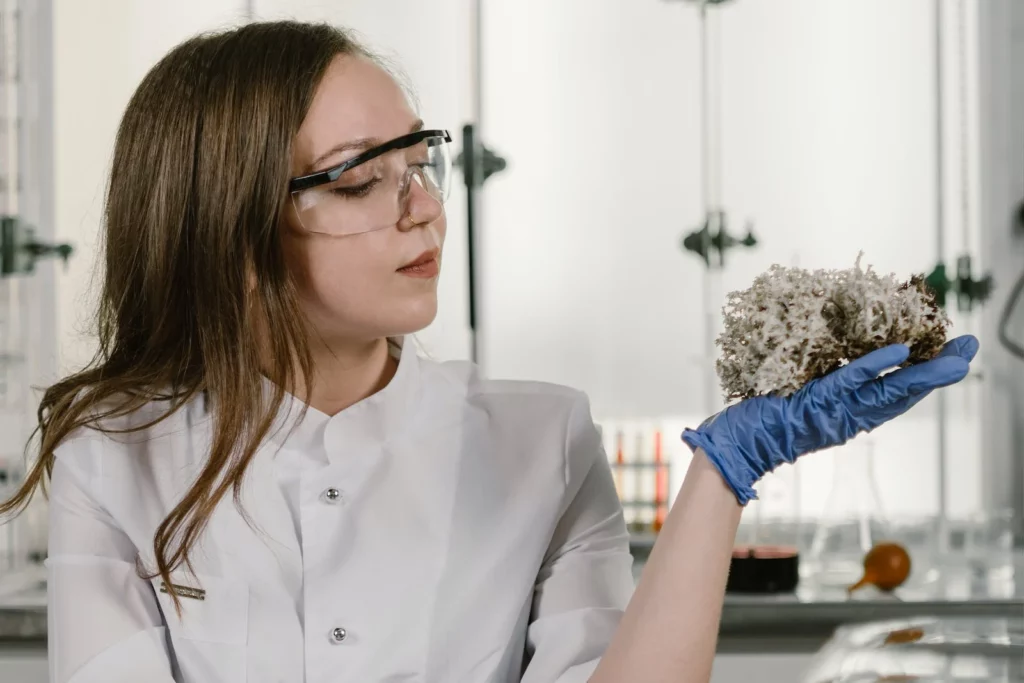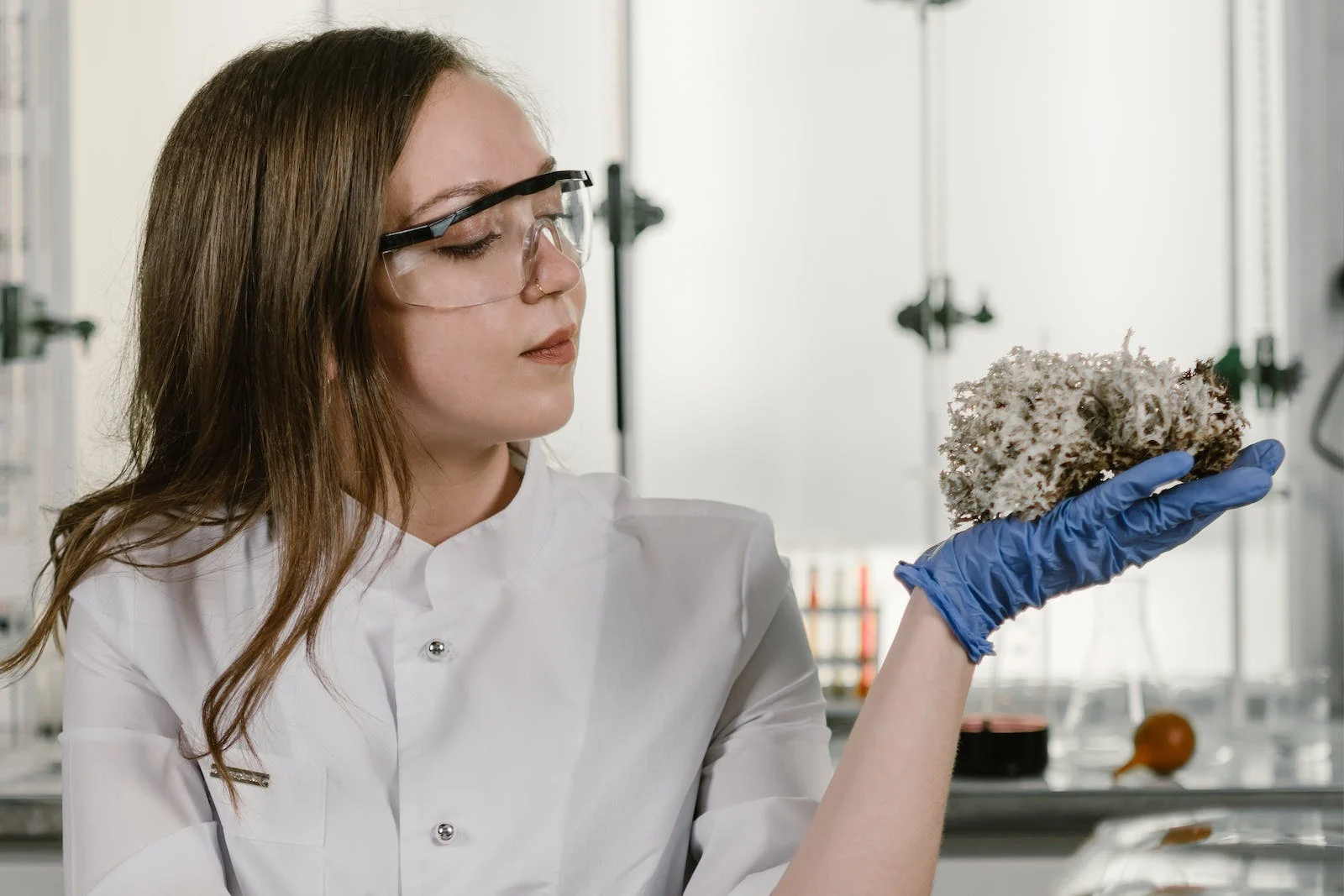February 11th marks the International Day of Women and Girls in Science, providing a moment to reflect on the significant gender gap that still persists in the majority of STEM disciplines. Taking a step back and looking to the past, it’s good to acknowledge we have come a long way. I’m still seething after finishing the glorious “Lessons in Chemistry”, a must-read book by Bonnie Garmus. The injustice suffered by the main character, Elizabeth Zott, as she battles to have her clinical research recognised in the male dominated scientific community of the 1950s, is excruciating.
Sadly whilst Zott’s predicament is purely fictional, this story has played out countless times in the real world. Take Rosalind Franklin for example, her work using X-ray crystallography was instrumental in the discovery of the structure of DNA. Unbeknownst to her, her work was shown to other scientists namely James Watson and Francis Crick, who later won a Nobel Prize for discovering the structure of DNA. That’s only one story we know of; how many more had their research stolen and credited to male colleagues, or simply gave up the fight and are consigned to obscurity?

I do feel lucky, that after studying Biomedical Sciences at university I stepped into medcomms and thrived in an area which provided the opportunity to continue to flex my scientific knowledge in my day to day work. Currently working at Makara I’m fortunate enough to work for a female boss, shattering any perception of a glass ceiling. Our 20-strong scientific team is 80% women and non-binary people is another reason to be hopeful.
But what of the clinical researchers who have followed Rosalind Franklin? Yes, there has been progress but a lack of women in science still exists today. This starts at a grass roots level with females only making 35% of students studying core STEM subjects.1
For university graduates, it’s even lower with females making up only 26% for core STEM subjects, but this figure has been steadily increasing over recent years. As you get to the workplace the number drops again with females making up 24% of employees in 2019, but this is up from 21% in 2016.1
Why does this all this matter? Well recent a recent Elsiver Connect article revealed that that gender diversity is crucial to science, in three ways.2
- It’s been shown scientific research is more accurate when gender is considered. Most scientific research does not adequately consider sex or gender as variables resulting in male results being treated as the norm. It’s clear that whether you’re studying seat belt design or heart medication for products to be safe and effective they should be tested on both genders
- Women bring unique perspectives to research and scientific conversation, diversity adds to the collective intelligence of a research group, enhancing creativity and providing new contexts to understand societal aspects of the research
- There is a need for more STEM professionals, and women have a clear role to play as Prof. James Stirling, Provost of Imperial College London, in Elsevier’s gender report stated: “With this level of gender imbalance, we are not properly exploiting the UK scientific talent base. If we want more high-quality scientists, I am absolutely convinced that we will find them amongst the female population, and that is why encouraging more young women into STEM and supporting them properly is so vitally important.”
It’s encouraging to see that the need for diversity is being openly recognised. For me being in a scientific role within med comms in a women-led team is bucking the trend, it would be great to see this reflected across the scientific field as a whole. What I hope is that when my daughter reaches the stage when she is deciding on a career path, that no barrier exists and the imbalance is consigned to history.
References

